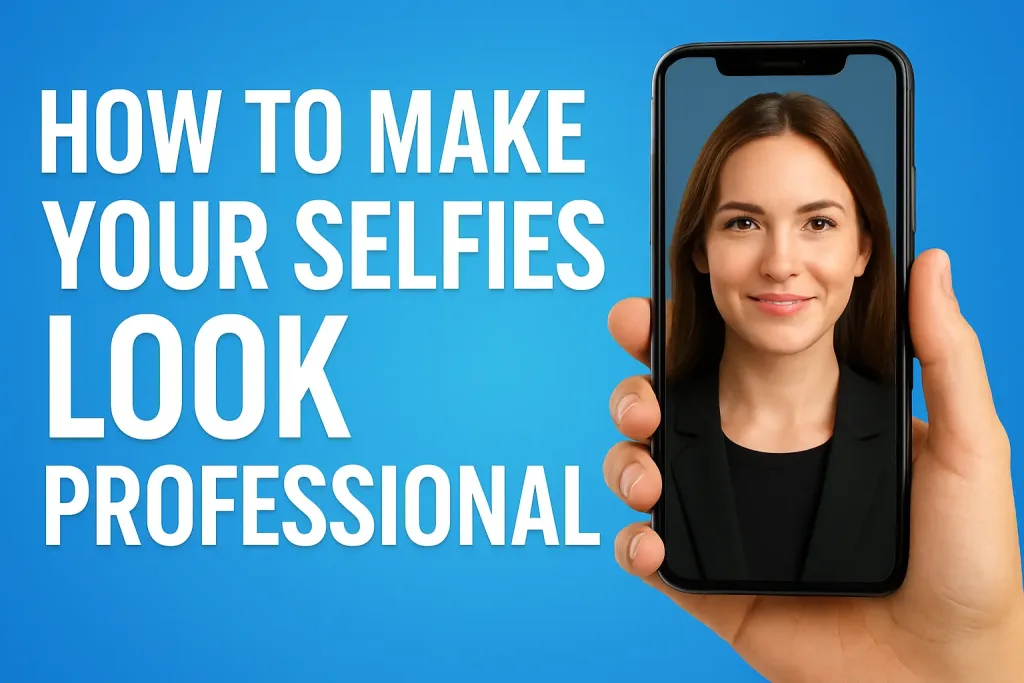
In today’s digital world, selfies are more than just casual photos they’re a way to express yourself, showcase your personality, and even boost your personal brand. But not all selfies look great. Some come out blurry, poorly lit, or awkwardly angled, making even the most photogenic moments look ordinary.
Table of Contents
The good news? With a few simple tips and techniques, anyone can take selfies that look professional and polished, even without expensive cameras or studio lighting.
Whether you’re a beginner just learning your best angles or someone who wants to upgrade their selfie game, this guide is designed to help you capture your best self – every single time.
Understanding What Makes a Selfie Professional
A professional-looking selfie isn’t just about having a good camera it’s about combining several key elements that make your photo visually appealing and polished. Understanding these factors will give you a strong foundation for taking selfies that truly stand out.
1. Lighting:
Good lighting is the most important factor in any photo. Natural light is usually the best, especially soft light from windows or during the golden hour (just after sunrise or before sunset). Harsh overhead lighting can create unflattering shadows, while dim lighting can make your photo look grainy.
2. Composition:
How you frame your selfie matters. Using the rule of thirds placing your face slightly off-center can create a more balanced and visually interesting photo. Avoid cluttered backgrounds that distract from the main subject: you!
3. Angles:
Finding your best angle can make a huge difference. Slightly tilting your head, holding the camera slightly above eye level, or experimenting with different poses can help you discover what flatters your face the most.
4. Expression and Confidence:
A natural smile or relaxed expression looks far better than a forced pose. Confidence shows in your posture and facial expression, making your selfie more engaging and professional.
5. Background and Setting:
A clean, simple, or aesthetically pleasing background elevates your selfie. Busy or messy surroundings can take attention away from you. Choosing a location with good light and minimal distractions will instantly make your photo look more professional.
By focusing on these elements lighting, composition, angles, expression, and background you’re already halfway to creating selfies that look polished and professional.
Choosing the Right Equipment and Tools
You don’t need a professional camera to take high quality selfies, but having the right tools can make the process much easier and the results more polished. Here’s what beginners should consider:
1. Your Smartphone Camera:
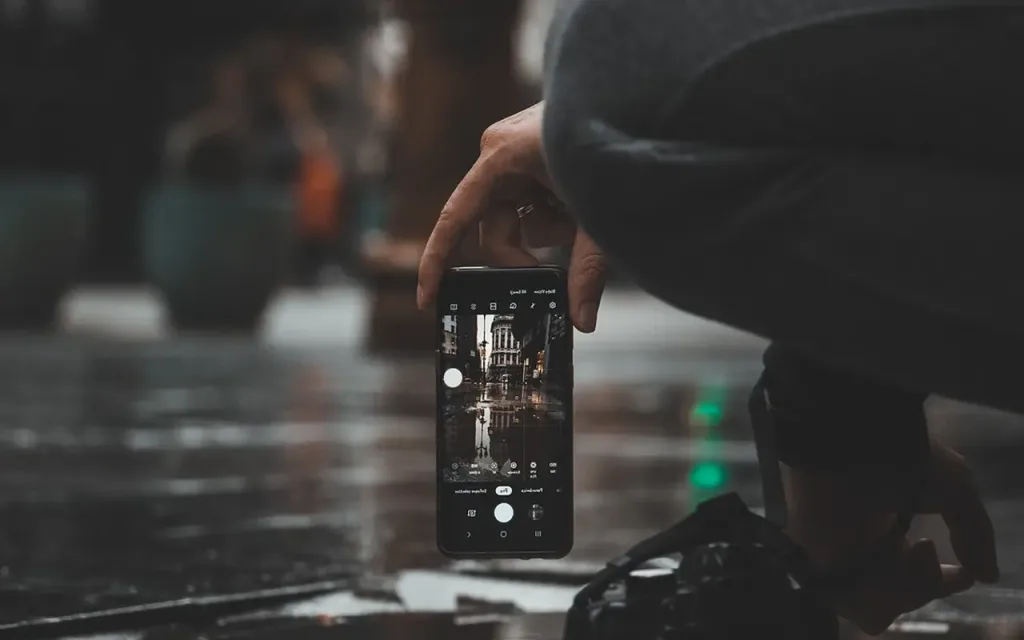
Most modern smartphones have powerful cameras capable of taking professional-looking selfies. Learn your phone’s camera features, such as portrait mode, HDR, and beauty filters, to maximize your results.
2. Tripods and Selfie Sticks:
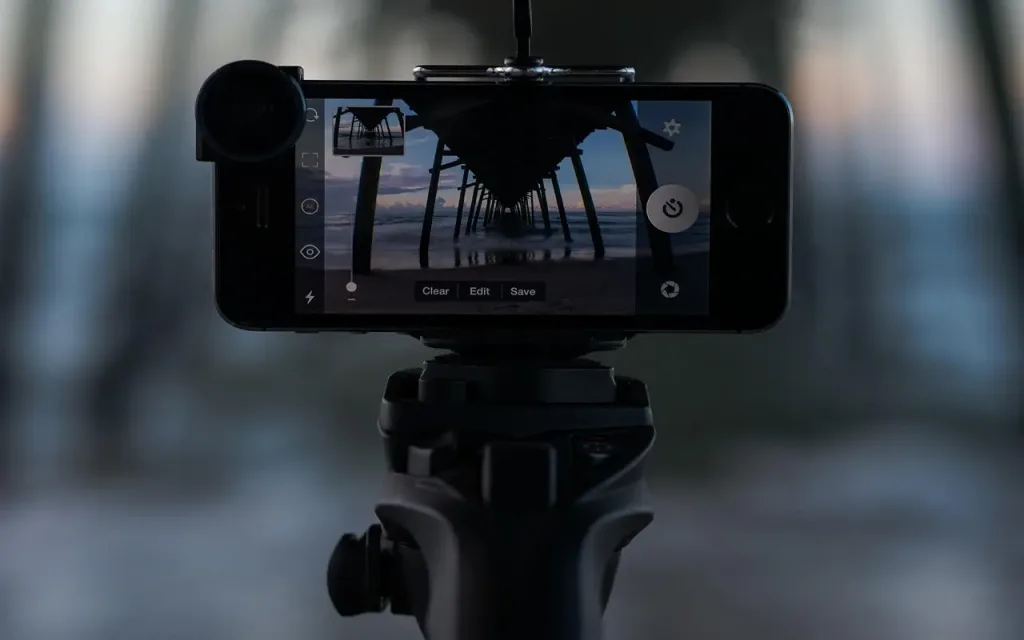
A tripod helps keep your phone steady, eliminating blurry shots. Selfie sticks are great for capturing wider angles or group selfies while maintaining stability. Both tools give you more control over framing and composition.
3. Lighting Tools:
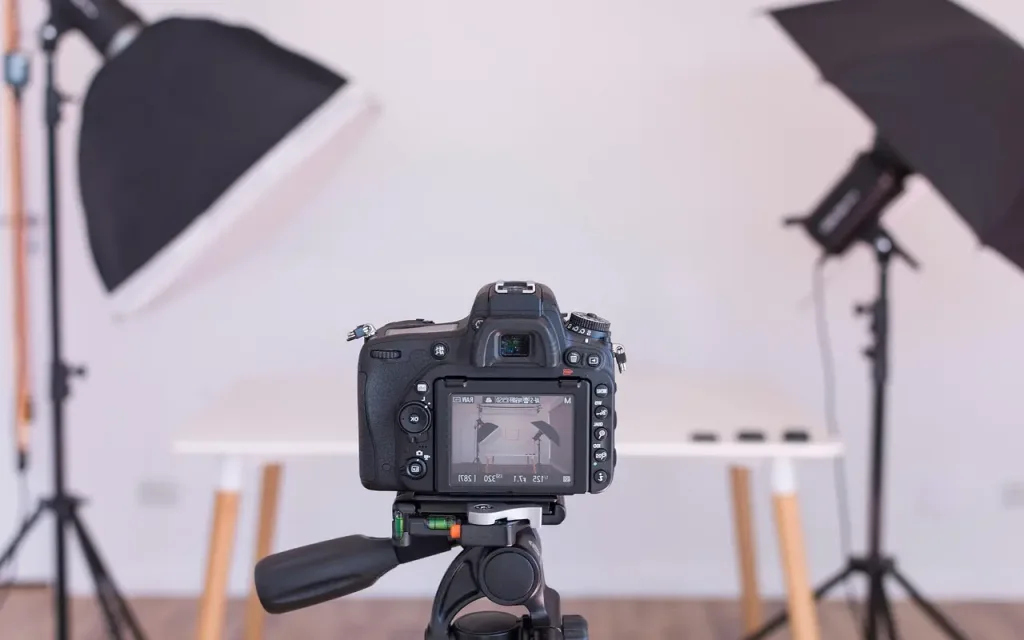
Good lighting is essential. If natural light isn’t available, ring lights and portable LED lights can provide even, flattering illumination. Adjustable brightness and color temperature settings help you get the perfect look.
4. Editing Apps and Software:
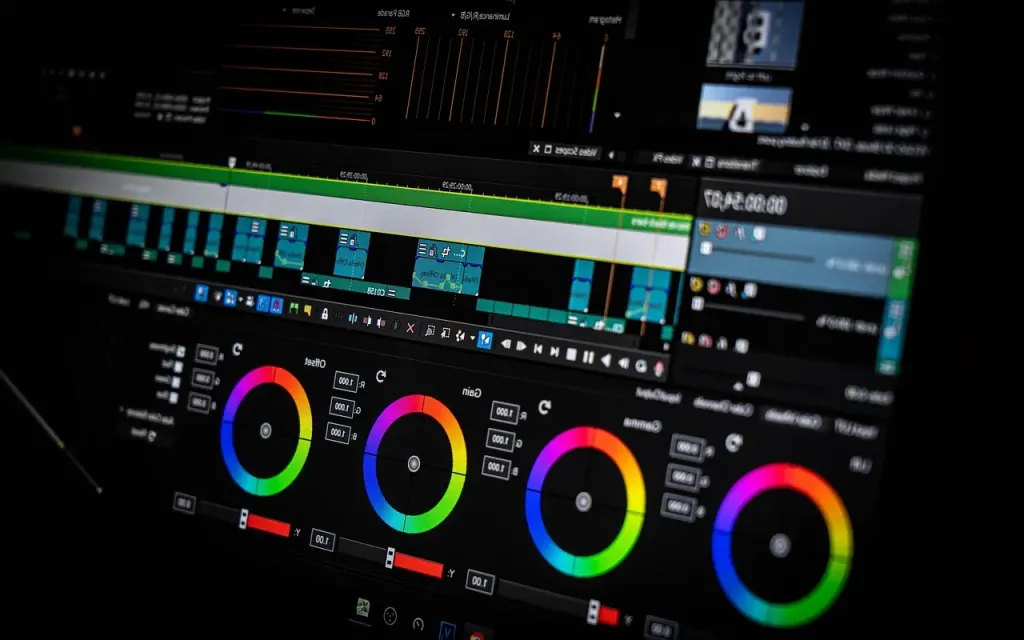
Editing can turn a good selfie into a great one. Apps like Snapseed, Lightroom, or VSCO allow you to adjust brightness, contrast, sharpness, and color balance. Simple retouching tools can remove minor imperfections without overdoing it.
5. Accessories for Creativity:
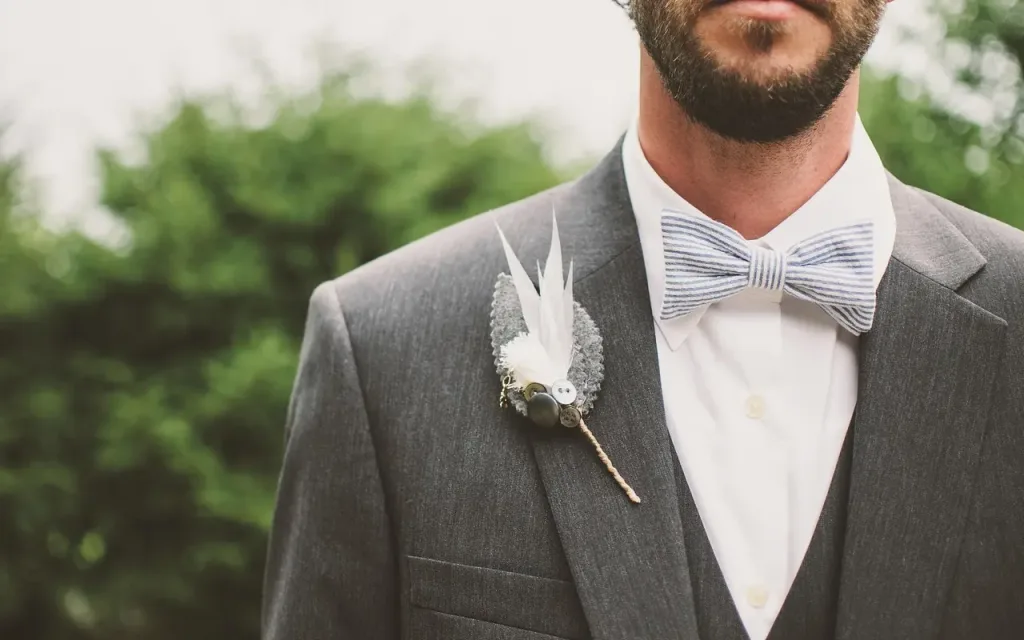
Props, backgrounds, and reflective surfaces can enhance your selfie’s aesthetic. Even simple items like colorful walls, plants, or patterned fabrics can make your photo look more professional and visually interesting.
With the right combination of equipment and tools, you can take selfies that look polished and professional without needing expensive gear or studio setups.
Mastering Lighting
Lighting can make or break a selfie. Even with a great camera and perfect pose, poor lighting can make your photo look flat, dull, or unprofessional. Learning how to use light effectively is key to creating professional-looking selfies.
1. Natural Light is Your Best Friend:
Soft natural light, especially during the golden hour (shortly after sunrise or before sunset), creates a warm, flattering glow on your skin. Stand near a window or go outside for the best results. Avoid harsh midday sunlight, which can create strong shadows and make your features look harsh.
2. Avoid Overhead and Harsh Lighting:
Ceiling lights or direct sunlight from above can create unflattering shadows under your eyes, nose, and chin. Instead, aim for even lighting that illuminates your face from the front or sides.
3. Use Reflectors or White Surfaces:
If one side of your face looks darker, reflect light back onto it using a white wall, piece of paper, or a professional reflector. This balances the light and softens shadows, giving your selfie a professional touch.
4. Artificial Lighting:
When natural light isn’t available, a ring light or LED panel can be a great alternative. Position the light slightly above eye level and in front of your face for even illumination. Adjustable brightness and color temperature help create the perfect look for your skin tone.
5. Experiment and Observe:
Different lighting conditions create different moods. Take multiple shots under different lights to see what works best for your face, outfit, and background. Over time, you’ll learn how to consistently use lighting to your advantage.
Mastering lighting transforms ordinary selfies into professional-looking images, highlighting your features and creating a clean, polished look that catches the eye.
Composition and Angles
Even with perfect lighting, a selfie can look average if the composition and angles aren’t right. Understanding how to frame your shot and find flattering angles is crucial for professional-looking selfies.
1. Use the Rule of Thirds:
Instead of centering your face in every photo, imagine dividing your frame into nine equal sections (like a tic-tac-toe grid). Placing your eyes or face along these lines or intersections creates a more balanced and visually appealing composition. Most smartphones have a grid feature to help with this.
2. Find Your Best Angle:
Experiment to discover which angles highlight your features. A slightly higher camera angle (just above eye level) often works best, making your eyes look bigger and jawline more defined. Tilting your head slightly can also add depth and interest to the shot.
3. Mind the Background:
A clean, uncluttered background keeps the focus on you. Simple textures, plain walls, or aesthetically pleasing surroundings make your selfie look more professional. Avoid distractions like messy rooms or bright lights behind you.
4. Frame Your Shot Creatively:
Use foreground elements or natural frames, like doorways or plants, to add depth. This can make your selfie more dynamic and visually interesting, giving it a professional feel.
5. Experiment with Orientation:
Try both vertical and horizontal shots. Vertical selfies are great for social media stories or profiles, while horizontal frames can work well for creative shots or group selfies.
By paying attention to composition and angles, you can create selfies that are not only flattering but also visually engaging making your photos look intentional, polished, and professional.
Posing and Facial Expressions
A professional selfie isn’t just about lighting and angles it’s also about how you present yourself. Your pose and facial expression can make a selfie look natural, confident, and polished.
1. Relax and Be Natural:
Tension shows in photos. Take a deep breath, relax your shoulders, and smile naturally. A relaxed pose makes your selfie look effortless rather than stiff or forced.
2. Experiment with Head and Body Angles:
Slightly tilting your head, turning your shoulders, or leaning forward can add dimension and make your selfie more dynamic. Avoid facing the camera completely straight on, as it can flatten your features.
3. Use Your Hands Creatively:
Placing a hand near your face or playing with your hair can add a casual, stylish touch. Be careful not to cover your face or create awkward shadows.
4. Facial Expressions Matter:
A genuine smile, a soft grin, or even a thoughtful look can convey personality. Avoid over-exaggerated expressions; subtlety often looks more professional.
5. Confidence is Key:
Confidence shines through in selfies. Own your pose and expression, and your photos will naturally look more professional.
Practicing different poses and expressions helps you discover what works best for you. Over time, taking selfies will feel natural, and your photos will consistently reflect your personality and style.
Editing Your Selfies
Editing is the final step in turning a good selfie into a professional-looking one. With careful adjustments, you can enhance your photo without making it look overdone.
1. Basic Adjustments:
Start by tweaking brightness, contrast, and sharpness. Brightening your selfie slightly can make it look fresh, while adjusting contrast adds depth. Sharpening your image helps highlight details without making it look unnatural.
2. Color Correction:
Adjusting saturation and warmth can enhance your skin tone and make colors pop. Be subtle—over-saturated photos can look artificial. A gentle warm tone often creates a professional, flattering effect.
3. Cropping and Straightening:
Crop your selfie to improve composition or remove distractions. Straighten the photo if the horizon or background lines appear tilted. This small step instantly makes your selfie look more polished.
4. Using Filters Wisely:
Filters can enhance the mood of your selfie, but avoid heavy filters that alter your appearance too much. Stick to subtle effects that maintain a natural look while improving overall aesthetics.
5. Retouching Minor Imperfections:
Tools for smoothing skin, removing blemishes, or reducing shine can help your selfie look clean. Don’t overdo it—over-retouching can make your photo appear fake. The goal is enhancement, not transformation.
6. Recommended Apps:
Popular apps for editing selfies include Snapseed, Lightroom, VSCO, and Facetune. Each offers beginner-friendly tools for lighting, color correction, and subtle retouching.
With careful editing, your selfies can achieve a professional, polished look that stands out on social media, professional profiles, or personal galleries. Remember, the key is subtlety—enhance, don’t overdo.
Common Mistakes to Avoid
Even with the right lighting, angles, and editing, certain mistakes can make a selfie look less professional. Being aware of these pitfalls will help you consistently take better photos.
1. Overusing Filters:
Filters can enhance your selfies, but too many can make your photo look artificial. Stick to subtle edits that maintain a natural appearance.
2. Poor Lighting:
Low light or harsh shadows can ruin an otherwise perfect pose. Always aim for even, flattering lighting—natural light is best whenever possible.
3. Cluttered Backgrounds:
A messy or distracting background draws attention away from you. Choose clean, simple, or aesthetically pleasing settings for your selfies.
4. Awkward Angles:
Extreme angles can distort your features. Avoid holding the camera too low or too close, and experiment to find flattering angles that highlight your face naturally.
5. Forced Expressions:
Overly staged or stiff expressions can make selfies feel unnatural. Relax your face and smile gently for a confident and approachable look.
6. Over-Editing or Retouching:
Excessive smoothing, brightening, or blemish removal can make your skin look fake. Enhance subtly to keep your selfies authentic while polished.
By avoiding these common mistakes, your selfies will look more professional, confident, and visually appealing—making your photos stand out in a natural and polished way.
Advanced Tips for Social Media
If you want your selfies to stand out on social media, there are a few extra strategies you can use to make your photos not just professional-looking, but also engaging and shareable.
1. Maintain a Consistent Aesthetic:
Consistency in color tones, lighting style, and editing makes your social media profile visually appealing. This can help your selfies look more professional and part of a cohesive personal brand.
2. Use Creative Backgrounds and Props:
Interesting backdrops, textured walls, or props like plants, books, or accessories can make your selfie visually engaging. Simple, thoughtful additions can transform a basic photo into a memorable one.
3. Plan Your Shots:
Think about the story or mood you want your selfie to convey. Planning poses, lighting, and composition in advance ensures a more polished and intentional photo.
4. Leverage Social Media Features:
Use platform-specific tools like Instagram’s layout, reels, or TikTok filters to enhance your selfies without overdoing it. Subtle enhancements can increase engagement while maintaining a professional look.
5. Timing Matters:
Posting selfies during peak engagement hours or when natural light is best can improve visibility and impact. Experiment with timing to see when your audience responds most.
6. Show Personality and Confidence:
Your followers want to see the real you. Let your personality shine through your expression, pose, and style. Confidence in your selfies makes them more appealing and professional.
By combining creative visuals with planning, consistency, and confidence, your selfies can perform well on social media while still looking polished and professional.
Conclusion
Taking professional-looking selfies is not just about having a high-end camera it’s about understanding lighting, composition, angles, poses, and subtle editing.
Remember to practice, experiment with different angles and lighting, and edit your photos carefully without overdoing it. Over time, taking professional selfies will become second nature, helping you present your best self on social media, professional profiles, or personal galleries.
Frequently Asked Questions (FAQ)
1. What are the best apps to make selfies look professional?
Popular apps include Snapseed, Lightroom, VSCO, and Facetune. They allow you to adjust lighting, color, sharpness, and even remove minor blemishes without overdoing it.
2. How do I find my best angle for selfies?
Experiment with camera height and tilt. Holding the camera slightly above eye level and tilting your head gently usually works well. Practice different angles to see which highlights your features best.
3. Should I always use filters on my selfies?
No. Subtle filters can enhance your photo but overusing them can make your selfies look artificial. Focus on good lighting, composition, and minor edits first.